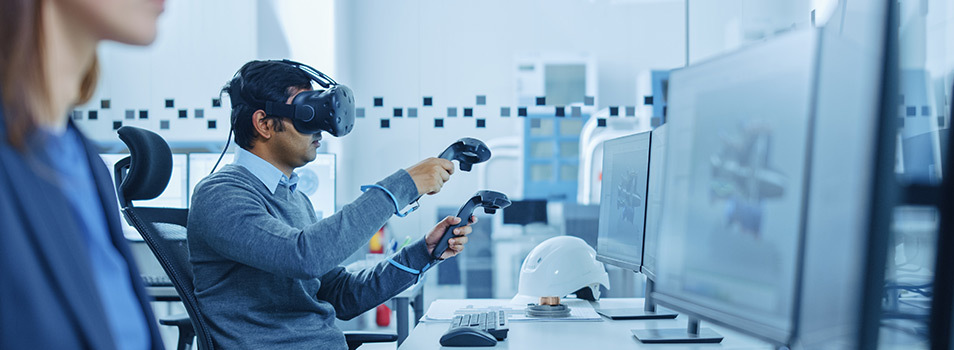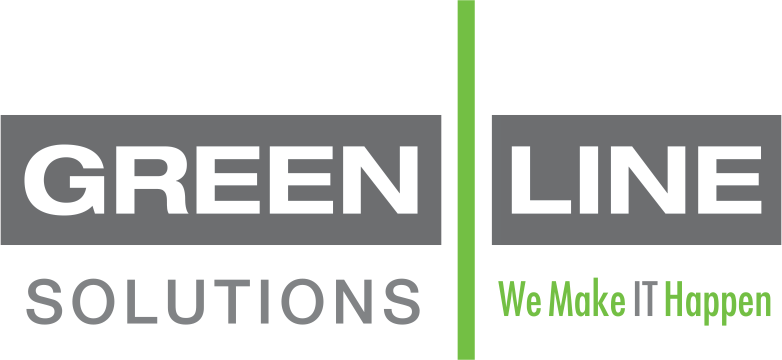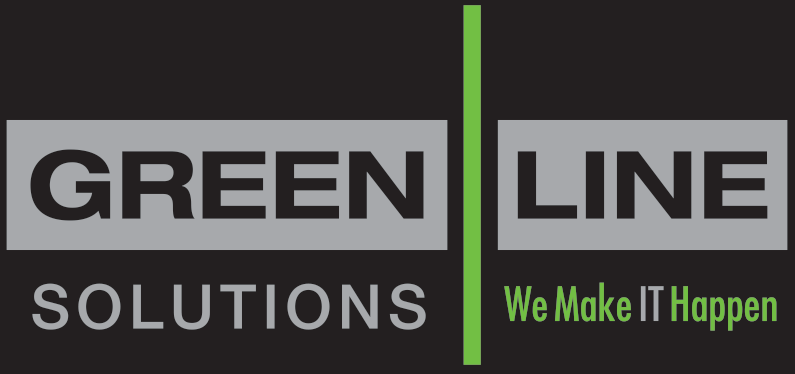
VR Applications for the Workplace
In 1969, Ohio Educator Edgar Dale developed the theory for the Cone of Experience (also known as the Learning Pyramid) based on the idea that the medium through which we are trained at something is directly related to how well we learn it. The main idea behind this theory is that we remember ~10% of the material we read, ~20% of the information we hear, but nearly 90% of what we do. With this in mind, perhaps it isn’t too surprising that many organizations and businesses are developing training programs that incorporate Virtual Reality (VR).
In fact, in 2019, Walmart trained more than 1 million employees using VR, and Goldman Sachs estimated that the VR market could hit $80 million in the next five years. Though VR training offers many benefits, it is not suited for every type of work; while it is especially useful for training novel or emergency situations, some tactile skills are better learned by physically doing them. The main reason VR is effective for certain types of training is the sensory immersion, which tricks the brain with visual and auditory information that is processed as though it were a real experience, says Stanford communication professor Jeremy Bailenson.
Using this idea, Stanford head football coach David Shaw used VR goggles with his quarterbacks and defensive linemen, allowing players to look around and feel as though the action unfolding around them was real life. Even though the players were standing and barely moving, Shaw explained that, “this crazy thing happens when guys get in the VR — usually within 10 minutes, most of them start to sweat… their brain is seeing these visuals, these different formations and motions and plays and defenses. The more they see them [in VR], the quicker they react [during real life gameplay].”
Using the same principles, VR can be an effective way to train new employees to have a better expectation of their roles and responsibilities through virtual repetition. For example, customer service training often includes the use of appropriate greetings, body language and tone of voice for handling complaints and ensuring customer satisfaction. These skills can be difficult to learn in the hypothetical or even role playing situations, by utilizing VR, employers are able to simulate real-life situations adding repetition and familiarity before the new hire ever interacts with any customers.
Beyond training, another main use of VR in the workplace revolves around copresence. Unlike current teleconferencing options, which either rely solely on audio or offer split screens of various peoples’ faces, VR offers a much more lifelike experience. Instead of looking around at your office during a conference call, users employing VR could be seated together in an elaborate boardroom; any language barriers could be wiped away with the use of real time translations; and body language and non-verbal cues could be translated to this virtual space through the use of sophisticated sensors on the headset.
The third main use of VR in the workplace is for the purpose of presenting models. In any setting that uses digital modelling, such as manufacturing, construction, engineering and retail contexts, VR could drastically enhance the sense of presence and tangibility of the model. Some architecture firms have begun using VR to allow their clients to move through their unbuilt building in a more natural way than through a guided on-screen display. Possibilities for retail also exist, as seen by the Swedish company Ikea which used VR to allow consumers to see and interact with furniture in a digital showroom.


